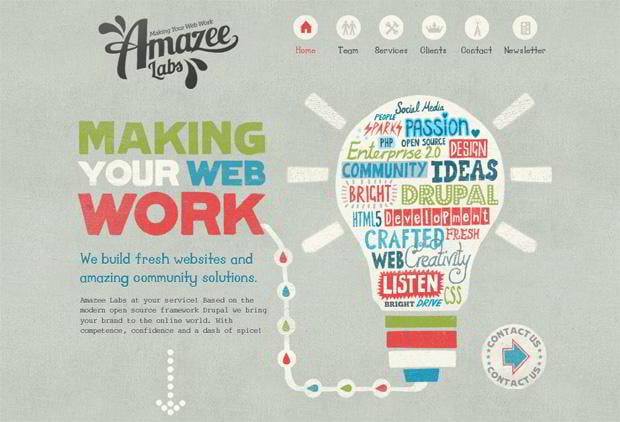Web Site Design Basics: Tips For Building A User-Friendly Site
Web Site Design Basics: Tips For Building A User-Friendly Site
Blog Article
Content Created By-Scarborough Thorpe
When it pertains to web site style, guaranteeing user-friendliness is essential. From responsive style to streamlined navigating, every element plays a vital role in creating a website that satisfies your audience's needs. However what concerning the better details that can make or damage an individual's browsing experience? Remain tuned as we reveal some often-overlooked ideas that can elevate your internet site's usability to the next degree, making it truly attract attention in the digital landscape.
Significance of Responsive Layout
Receptive design is an essential element of contemporary website development. Ensuring your website is receptive methods that it can adapt to different screen dimensions and tools, supplying a seamless experience for individuals.
With the increasing use smartphones and tablets to access the net, having a receptive layout is essential for reaching a broader audience. It aids in enhancing individual experience by making your site easy to navigate and continue reading any type of device.
Furthermore, receptive layout can favorably influence your internet search engine positions, as internet search engine like Google prioritize mobile-friendly web sites. By having a responsive layout, you're likewise future-proofing your site, as new gadgets with differing screen dimensions remain to arise.
Simplify Navigation Structure
To improve individual experience and facilitate simple accessibility to info on your site, improving the navigating structure is paramount. When creating your site, concentrate on developing a clear and intuitive navigating menu that aids visitors locate what they're searching for quickly.
Restriction the number of menu things to the fundamentals, organizing associated web pages together to avoid frustrating users. Usage detailed labels that plainly show the content of each page, making it much easier for users to comprehend where each link will take them.
Take into consideration executing dropdown menus for subcategories to avoid jumbling the main navigating bar. Furthermore, consist of a search bar plainly on the page for users who favor searching for details details.
Focus on mobile responsiveness in your navigation design to ensure easy accessibility on all devices.
Maximize Web Page Load Rate
Improving web page lots rate is critical for retaining visitors on your website. Slow-loading web pages frustrate users and can cause high bounce rates. To optimize page lots rate, begin by maximizing photos. Press pictures without compromising quality to minimize their data sizes.
Furthermore, enable browser caching to save often accessed sources in your area, accelerating load times for returning visitors. Minify CSS, JavaScript, and HTML data by removing unneeded characters, remarks, and formatting, enhancing lots speed.
Consider making use of a web content distribution network (CDN) to disperse your site's web content throughout numerous web servers worldwide, reducing latency for users accessing your website from various areas. Lastly, limit making use of third-party manuscripts and plugins, as they can substantially affect load times.
Verdict
Finally, by including responsive design, simplifying navigating, and enhancing page lots rate, you can produce a straightforward website that interest a broader audience and enhances individual experience. Crawled guarantee that site visitors can conveniently gain access to and navigate your website across various devices, resulting in increased involvement and fulfillment. By concentrating on these crucial facets, you can build a successful internet site that maintains individuals returning for even more.
